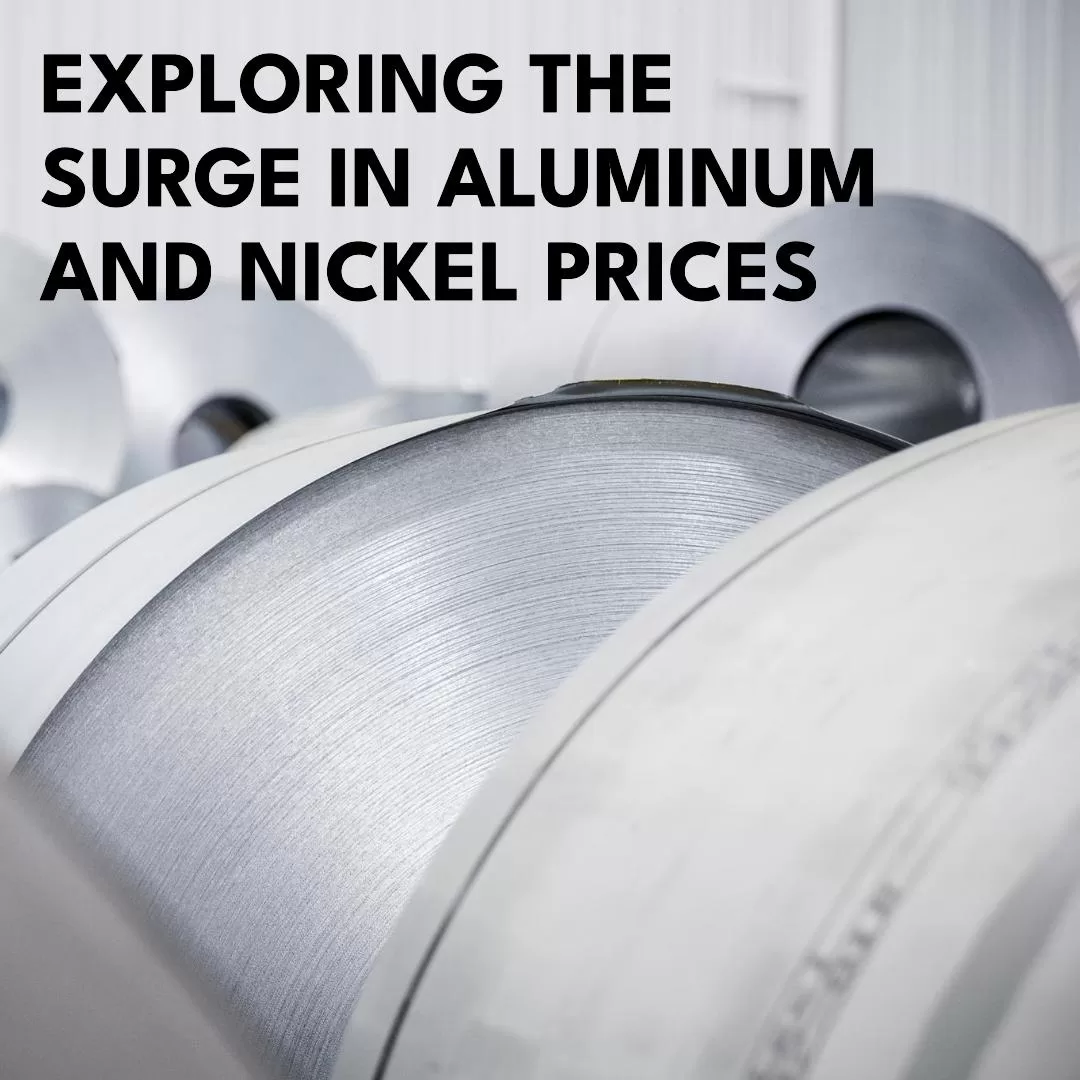Exploring the Surge in Aluminum and Nickel Prices
Aluminum and nickel prices have experienced a significant uptick in recent months, prompting questions about the factors driving this upward trend and the potential implications for global markets. In this article, we delve into the reasons behind the surge in aluminum and nickel prices, analyze the impact of supply and demand dynamics, and assess the broader implications for industries, investors, and consumers.

Supply Chain Disruptions:
One of the primary factors contributing to the rise in aluminum and nickel prices is supply chain disruptions exacerbated by global economic uncertainties and geopolitical tensions. Supply disruptions, including production outages, labor strikes, and logistical challenges, have constrained the availability of raw materials and contributed to supply shortages in the market. These disruptions have disrupted supply chains and strained inventories, leading to upward pressure on prices.
Strong Demand from Industrial Sectors:
Despite supply chain disruptions, robust demand from industrial sectors such as automotive, aerospace, construction, and electronics has fueled strong demand for aluminum and nickel. These metals are essential components in various manufacturing processes, including vehicle production, infrastructure development, and consumer electronics manufacturing. Strong demand from these sectors has absorbed available supply and contributed to price appreciation.
Infrastructure and Stimulus Spending:
Government initiatives aimed at stimulating economic growth and infrastructure development have also bolstered demand for aluminum and nickel. Infrastructure projects, including investments in transportation, renewable energy, and urban development, require significant quantities of aluminum and nickel for construction, wiring, and other applications. The anticipation of increased infrastructure spending has driven demand for these metals and supported price increases.
Green Energy Transition:
The global transition towards renewable energy sources, electric vehicles (EVs), and sustainable technologies is driving demand for aluminum and nickel, which are essential components in green energy infrastructure and EV batteries. As countries around the world commit to decarbonization and climate mitigation efforts, the demand for aluminum and nickel is expected to surge further in support of renewable energy generation, energy storage, and electric mobility.
Speculative Activity and Investor Sentiment:
Speculative activity and investor sentiment have also played a role in driving up aluminum and nickel prices. As investors seek to hedge against inflation, diversify portfolios, and capitalize on commodity price trends, they are increasingly turning to metals such as aluminum and nickel as alternative investment vehicles. Speculative buying and trading activity in futures markets have contributed to price volatility and upward pressure on prices.
Conclusion:
The surge in aluminum and nickel prices is driven by a confluence of factors, including supply chain disruptions, strong demand from industrial sectors, infrastructure spending, the green energy transition, and speculative activity. While the exact trajectory of prices may vary depending on market dynamics and geopolitical developments, the underlying fundamentals suggest continued upward pressure on aluminum and nickel prices in the near term. Industries, investors, and policymakers alike will need to closely monitor these trends and adapt their strategies accordingly to navigate the evolving landscape of commodity markets and global supply chains.
Connect with Factoring Specialist, Chris Lehnes on LinkedIn
Read more articles about commodities prices
